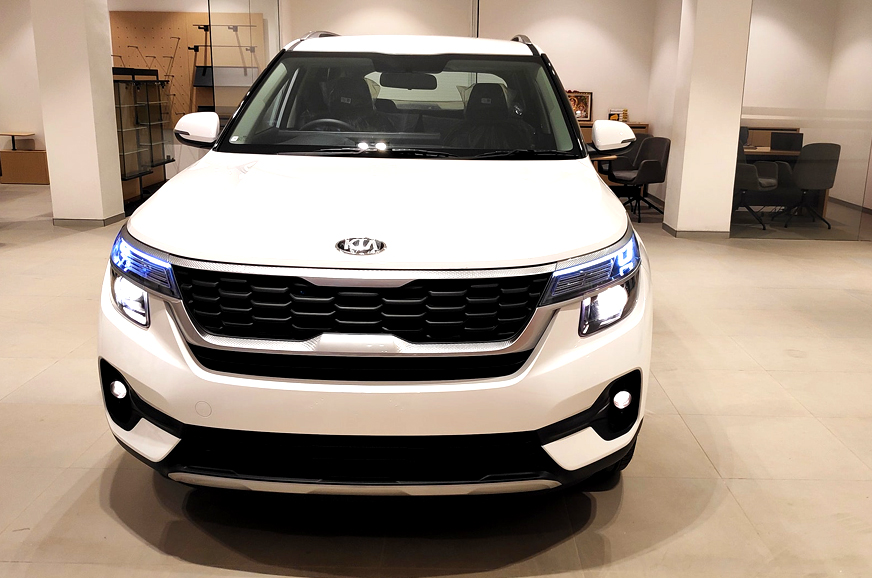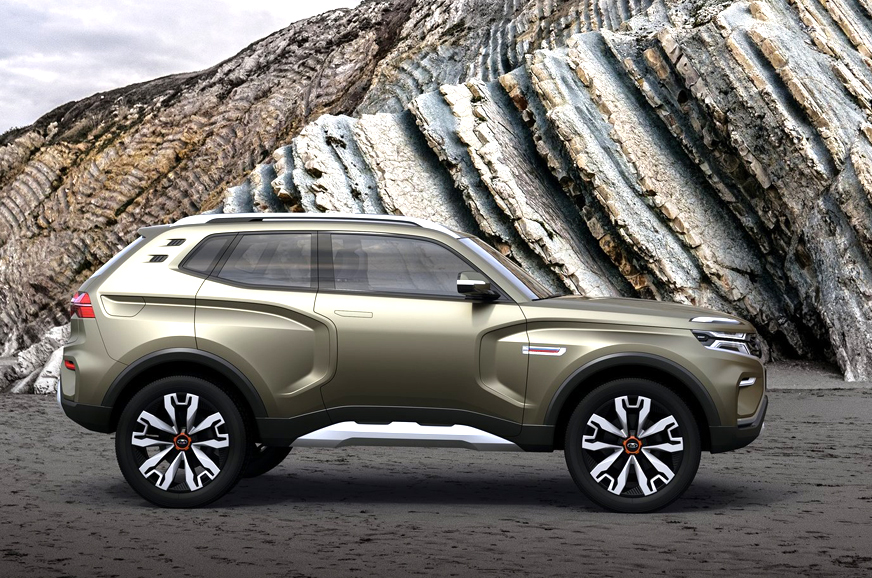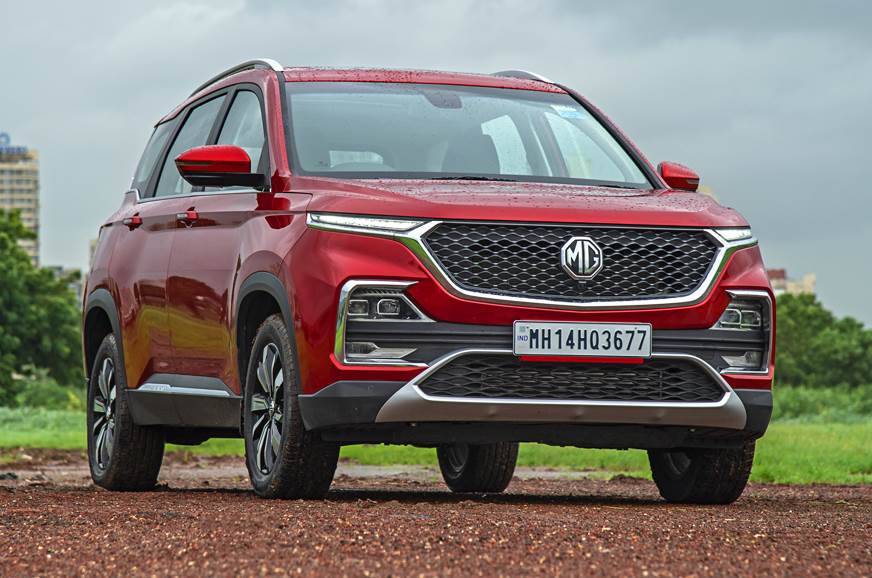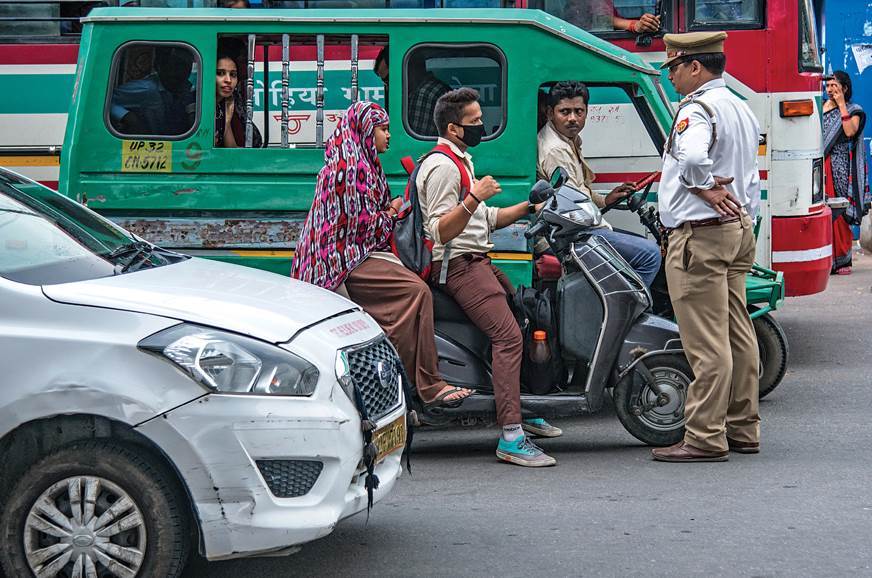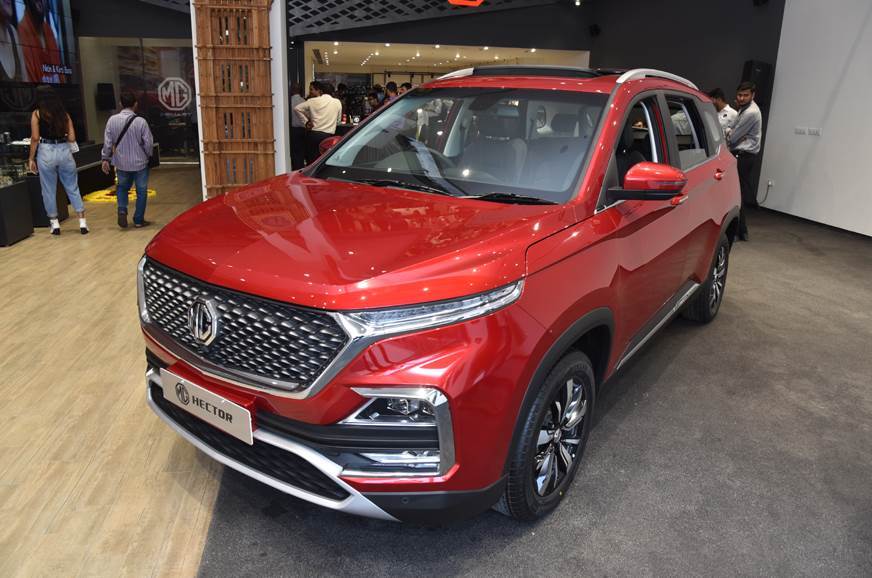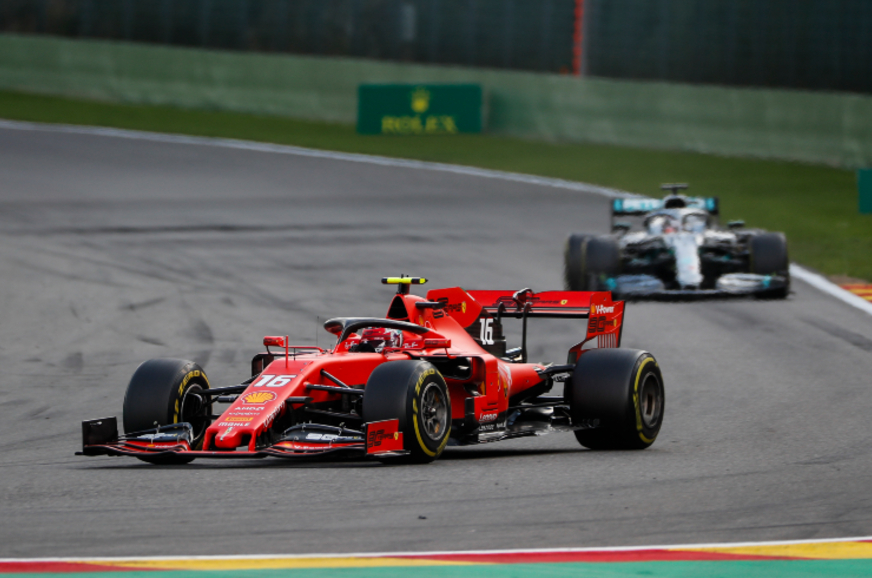
After missing out on victory at the 2019 Bahrain GP and Austrian GP, Charles Leclerc was finally able to claim his first-ever F1 race win after successfully fending off Lewis Hamilton to win the 2019 Belgian GP. With this, Leclerc has also handed Ferrari its long-awaited first victory this season.
Right off the bat, Ferrari seemed to have the upper hand at Spa-Francorchamps; Leclerc topped two of the practice sessions and then went on to qualify in pole position. The first lap saw plenty of drama – Leclerc held on to his lead at the start, while behind him, his teammate Sebastian Vettel was passed by Hamilton. But Vettel quickly retook 2nd place, taking advantage of the slipstream to pass Hamilton on the Kemmel Straight. The safety car was brought out when Max Verstappen’s Red Bull car went into the barriers at Eau Rouge after making contact with Kimi Raikkonen.
Once racing resumed, Leclerc was again able to pull away out at front as Vettel locked up at La Source. Vettel then came under pressure from Hamilton, but was able to hold on to 2nd, thanks to the Ferrari’s superior straight-line speed. Ferrari then took a bold strategy decision and pitted Vettel on lap 15. This did temporarily hand Vettel an advantage as he took the lead once the remaining front runners pitted around six laps later. However, with Leclerc, Hamilton and Valtteri Bottas now on fresher tyres, they started closing in on Vettel.
With Vettel now on a two-stop strategy, he was instructed by the team to let Leclerc by. Vettel then spent the next few laps fending off Hamilton and buying Leclerc some additional time before being passed by both Hamilton and Bottas. Unable to finish the race on those same tyres, Vettel pitted once again and re-joined the track in 4th place, nearly 19sec off Bottas.
Out at front, Hamilton was able to close in on Leclerc in the final few laps, but he held on to take a lights-to-flag victory. With this, the 21-year-old from Monaco is also the third-youngest race winner in F1 history. Moments later, Leclerc dedicated his win to Anthoine Hubert, who lost his life after succumbing to injuries sustained in a high-speed collision in the F2 race over the weekend. “On one hand… a dream since being a child that has been realised,” said Leclerc in the post-race interview.
“On the other hand, it has been a very difficult weekend. We have lost a friend first of all. It’s very difficult in these situations so I would like to dedicate my first win to him.”
A 2nd place finish was enough for Hamilton to further extend his championship lead to 65 points from Bottas. Alexander Albon enjoyed a strong first race for Red Bull, climbing from 17th on the grid to finish 5th after successfully overtaking Sergio Perez on the very last lap. The last lap saw two drivers retire – Lando Norris was set to take his career-best finish when he suffered a sudden loss of power and had to pull over, while Antonio Giovinazzi crashed at Pouhon. This promoted Daniil Kvyat to 7th place, followed by Nico Hulkenberg, Pierre Gasly and Lance Stroll.
Results
|
POS |
DRIVER |
CAR |
LAPS |
GAP |
|---|---|---|---|---|
|
1 |
Charles Leclerc |
Ferrari |
44 |
1h23m45.710s |
|
2 |
Lewis Hamilton |
Mercedes |
44 |
0.981s |
|
3 |
Valtteri Bottas |
Mercedes |
44 |
12.585s |
|
4 |
Sebastian Vettel |
Ferrari |
44 |
26.422s |
|
5 |
Alexander Albon |
Red Bull/Honda |
44 |
1m21.325s |
|
6 |
Sergio Perez |
Racing Point/Mercedes |
44 |
1m24.448s |
|
7 |
Daniil Kvyat |
Toro Rosso/Honda |
44 |
1m29.657s |
|
8 |
Nico Hulkenberg |
Renault |
44 |
1m46.639s |
|
9 |
Pierre Gasly |
Toro Rosso/Honda |
44 |
1m49.168s |
|
10 |
Lance Stroll |
Racing Point/Mercedes |
44 |
1m49.838s |
|
11 |
Lando Norris |
McLaren/Renault |
43 |
Not running |
|
12 |
Kevin Magnussen |
Haas/Ferrari |
43 |
1 Lap |
|
13 |
Romain Grosjean |
Haas/Ferrari |
43 |
1 Lap |
|
14 |
Daniel Ricciardo |
Renault |
43 |
1 Lap |
|
15 |
George Russell |
Williams/Mercedes |
43 |
1 Lap |
|
16 |
Kimi Raikkonen |
Alfa Romeo/Ferrari |
43 |
1 Lap |
|
17 |
Robert Kubica |
Williams/Mercedes |
43 |
1 Lap |
|
18 |
Antonio Giovinazzi |
Alfa Romeo/Ferrari |
42 |
Spun off |
|
- |
Carlos Sainz Jr. |
McLaren/Renault |
1 |
Power Unit |
|
- |
Max Verstappen |
Red Bull/Honda |
0 |
Collision |
from Autocar India https://ift.tt/2kcG69l
via IFTTT
